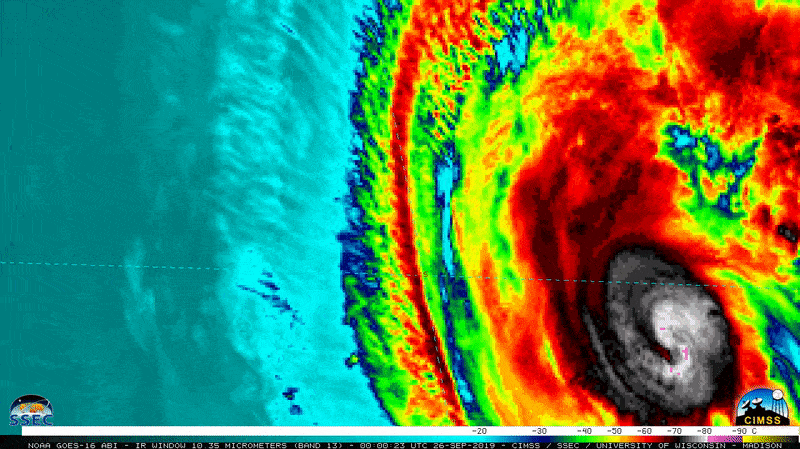When you purchase through links on our site , we may earn an affiliate committal . Here ’s how it work .
Hurricane Rafael ended its run as a tropical cyclone yesterday ( Oct. 18 ) , when it merged with a frigid front off the glide of Nova Scotia , an event caught byNASA ’s Terra planet .
Rafael became an supernumerary - tropical cyclone the previous day as it move northerly in the Atlantic Ocean . Tropical cyclone ( the generic term forhurricanes , tropical storms and typhoons ) are fuel by warm tropic sea water and moisture - occupy ardent aviation that motor the overturning in the atmosphere that make electric storm ; extra - tropical tempest have shifted to become cold systems that are just like the lowly pressure system that sweep across the mid - latitudes and convey storms with them , a NASA discharge say .

This visible image of Hurricane Rafael in the North Atlantic was taken from the MODIS instrument aboard NASA’s Terra satellite on Oct. 17 at 1440 UTC (10:40 a.m. EDT). Rafael’s northwestern fringe clouds were brushing Nova Scotia, Canada (top left).
At the fourth dimension it made that transmutation , Rafael still had hurricane - force farting that had a maximal speed of 75 miles per hour ( 120 kilometers per hour ) ( the threshold for hurricane strength is 74 mph ) .
The following sidereal day , Rafael meld with the dusty front ; the fringes of the former hurricane were barely brush the coast of Nova Scotia , as can be understand in the Terra satellite image .
Rafael was the 9th hurricane of the 2012 Atlantic hurricane season and the 17th named storm ( tempest are named once they reach tropic storm position ) . The tempest spun up during the"second peak " of hurricane season , which historically come in the middle of October . The chief peak of storm season is during August and September .

This visible image of Hurricane Rafael in the North Atlantic was taken from the MODIS instrument aboard NASA’s Terra satellite on Oct. 17 at 1440 UTC (10:40 a.m. EDT). Rafael’s northwestern fringe clouds were brushing Nova Scotia, Canada (top left).
This hurricane time of year has been an above - mediocre one ; an intermediate season sees 11 call storms , six hurricanes and two major hurricanes .


















